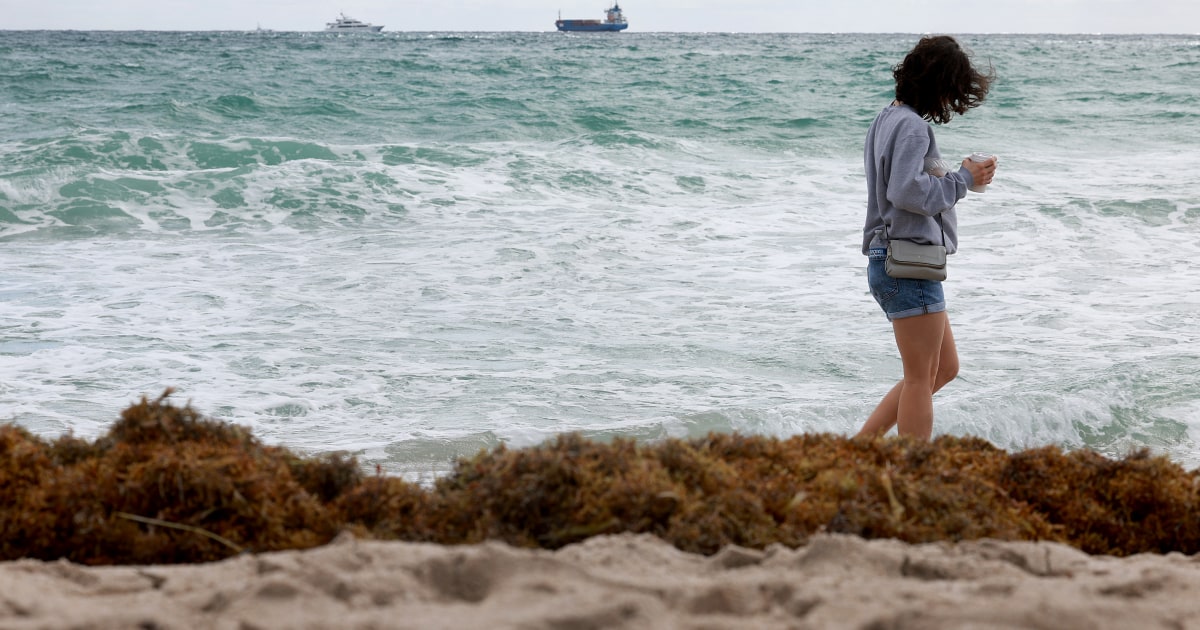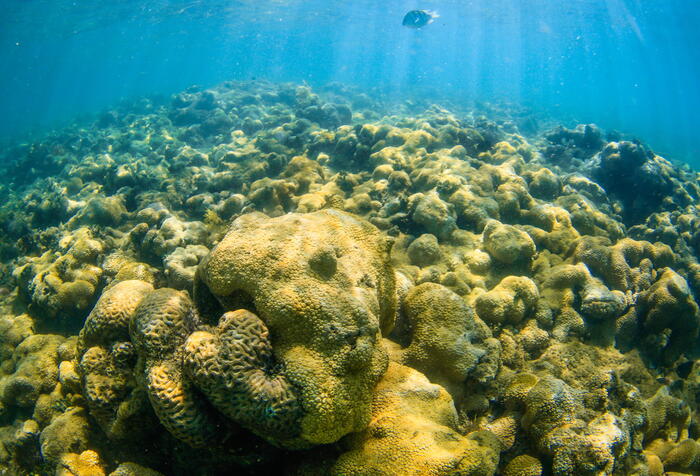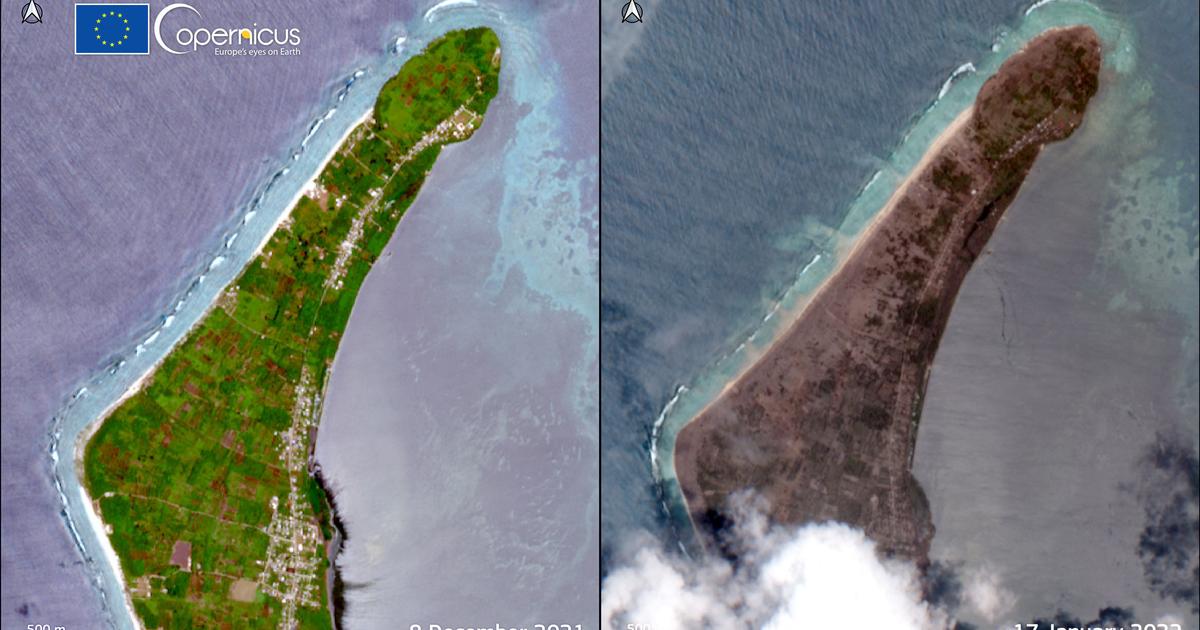By Denise Chow -
NBC News
Life-threatening infections caused by a type of flesh-eating bacteria could increase significantly in the coming decades, as the climate emergency causes oceans to warm and helps these organisms spread to new coastal areas.
According to a study published Thursday in the journal Scientific Reports, Vibrio vulnificus infections on the eastern seaboard of the US could double in the next 20 years, particularly as rising sea surface temperatures allow this flesh-eating bacterium thrive in more northerly waters than ever before.
[Up to 3.6 billion people live in places highly vulnerable to the climate emergency]
Although V. vulnificus infections remain rare, the results demonstrate once again that human health and the health of the planet are inextricably linked.
The study also adds to a growing body of research on public health risks associated with changes in ecosystems and the environment.
Iain Lake, study co-author and Professor of Environmental Sciences at the University of East Anglia, UK, explained that he and his colleagues focused on V. vulnificus because it responds to even small temperature changes in its marine environment.
“It has been said that it is a kind of barometer of what happens in coastal areas because it is very sensitive to the environment,” Lake explained.
Planet Earth: The climate emergency will displace 17 million people in Latin America
Feb 14, 202302:14
The V. vulnificus bacterium thrives in warm, shallow coastal waters, and infections often peak in the summer months.
People can become infected through cuts or other skin lesions that come into contact with seawater.
Lake called V. vulnificus a "nasty bug," because infections spread quickly and the bacteria can do serious damage to a person's flesh.
He added that 1 in 5 cases is fatal and that many patients require amputations to survive.
[Now or never: Key UN report on climate emergency indicates time is running out for a livable future]
The researchers used data from the US Centers for Disease Control and Prevention to track V. vulnificus infections from 1988 to 2018. The scientists focused on reported cases along the East Coast, which Lake said. which is known to be a global hot spot for such infections.
The study found that infections increased from 10 to 80 a year over the 30-year period, with cases occurring in new regions.
The study's lead author, Elizabeth Archer, a postgraduate researcher at the University of East Anglia, said that in the late 1980s infections were mostly in the Gulf Coast states and parts of the southern Atlantic coast, but rarely north of Georgia.
In recent years, the flesh-eating bacterium appears to be migrating north.
"Now the upper limit of our range is around Philadelphia, so there's a real expansion of affected locations," he said.
[USA. proposes to reduce harmful substances in drinking water]
According to the researchers, this northward expansion is accentuated by climate change, since warmer waters allow the proliferation of the bacteria.
Archer said it's an example of how changes in the environment can have far-reaching ripple effects.
“There are complex interactions between the environment and pathogens, and it is important to be aware of how the world is changing and how these changes are creating risks to human health,” he said.
In their study, the scientists used different models of greenhouse gas emissions to gauge the effect on V. vulnificus infections in the coming decades.
One model envisioned a medium-high emissions future, while the other envisioned lower emissions as a result of various interventions to slow the rate of global warming.
Planet Earth: Our oceans are drowning in microplastics and this trillion dollar figure proves it
March 9, 202302:04
The researchers predicted that V. vulnificus infections would continue to advance along the coast and, by the 2040s, could spread to include densely populated areas around New York.
According to the researchers, in the highest emissions scenario, there could be between 140 and 200 infections a year, and the bacteria could be present in every state on the East Coast.
Dr. Louise Ivers, director of the Harvard Institute for Global Health, said that while V. vulnificus infections are extremely rare, they are often devastating.
In addition, they are difficult and expensive to treat.
According to the study, treating V. vulnificus infections costs more than $28 million a year.
[The White House approves the Willow oil project in an Alaskan nature reserve]
“Sometimes the rarest diseases are the ones that cost the health system the most, especially if they are unexpected and very aggressive,” says Ivers, who was not involved in the study.
Amy Sapkota, a professor of environmental health at the University of Maryland School of Public Health, who was also not involved in the study, said the results should be used to educate the public and health professionals, especially in areas of the country where such infections may occur in the future.
“It is essential to spread public health messages, such as when it is not advisable to bathe or when to avoid these waters if you have an open wound,” said Sapkota.
“We have to get these kinds of messages out to recreationists as well as people whose livelihoods depend on being in the water,” she added.
Ivers said that this type of research needs more investment so that experts understand the direct links between ecological catastrophes and human health and how to mitigate the risks.
“We have to make sure that public health systems are resilient and that we understand the connection between what is happening with the climate crisis and what it means for human health,” he said.
“This study focuses on something rare, but connects bacterial microbiology to what it means for the public health community,” he added.









